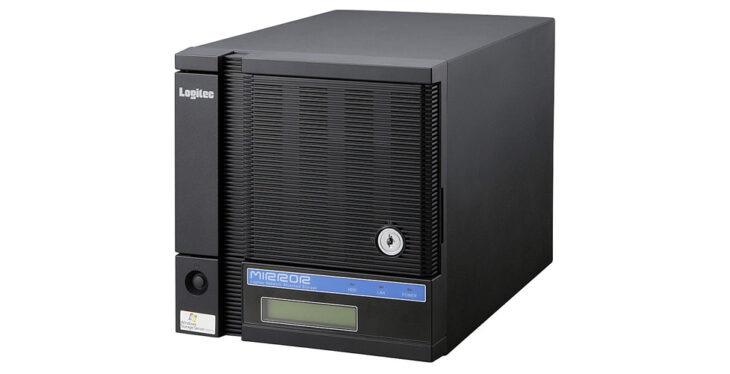Podcast: Play in new window | Embed
Lance asked: “I’m a photographer and have a lot of files that I need to back up. I’m looking at cloud services, and although their prices are okay, the time it takes to upload 6TB of photos is kinda hard. I’m wondering if there is another solution, even cloud based that will help me backup my photographs.”
Lance, there is a hybrid solution that might fit your needs, but keep in mind that if you need 6TB, you’re probably one of the most demanding individual users they’ll have.
The hybrid solution we mentioned is something companies refer to as “cloud storage seeding,” and it’s simple to understand. You make a local backup to a hard drive and physically mail it to them. Then they make the initial backup on their servers from that hard drive’s data.
After they have that, they’ll know that their backup is from a given date at a given time, and they’ll talk to your computer to ask for the files that were added or modified in between that time and the current time and only upload those.
It’s a good system, but there are two problems: it’s not offered by every company, and it’s not always free.
It’s a good system, but there are two problems: it’s not offered by every company, and it’s not always free.
Some of the cloud backup services that do offer the service may be well known to you already. For example, you’ve probably heard of a company named Microsoft, they’re best known for an operating system called Windows, and for disliking the number 9. Microsoft’s Azure Backup does offer seeding as an option, as does Acronis.
Other companies you may not know about, such as iDrive, do too.
Even with an initial hard drive backup, seeding the cloud with 6TB worth of data will take a while, but that’s probably the best option you’ll find.
We don’t even want to know the cost you’re looking at for storing 6TB of uncompressed pictures.
Another option to consider is offloading the photo backup to a NAS
Another option to consider is offloading the photo backup to a NAS (network attached storage) drive. Many models of NAS drive will connect to cloud storage systems, even very inexpensive ones like Amazon’s S3 hosting, and backup their contents.
So you make a shadow copy of your photos from your computer to the NAS drive, and then that drive shuffles them off to the cloud for a third backup location and one that’s off-site to boot.
It still takes just as long for that initial load of files into the cloud, but it’s not your computer doing it. That NAS drive can work around the clock with minimal impact on your own computer use. It will use your Internet connection, so there might be some slow down for a while, but the end result would be having your files backed up both locally (for speed) and off site (for safety).


